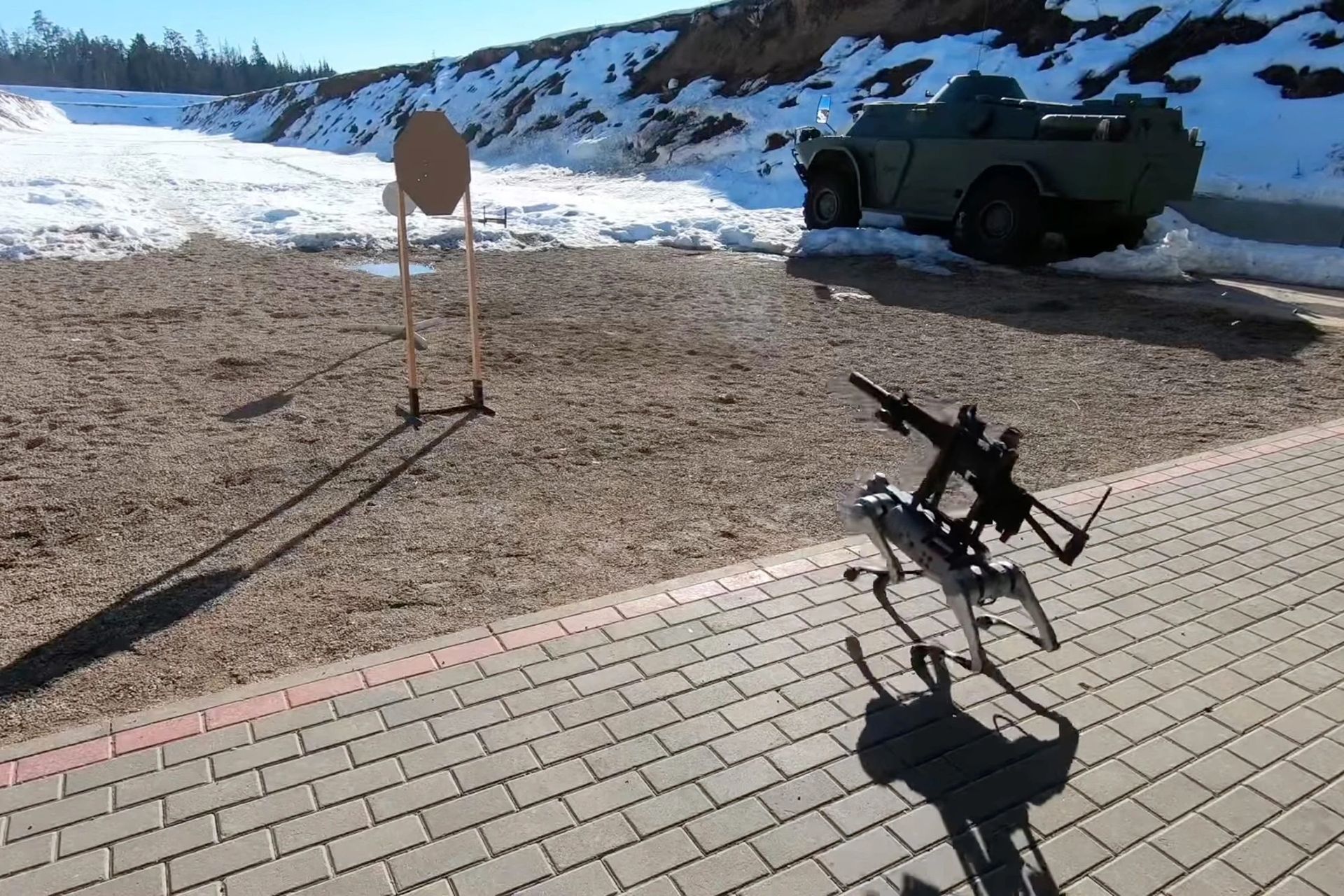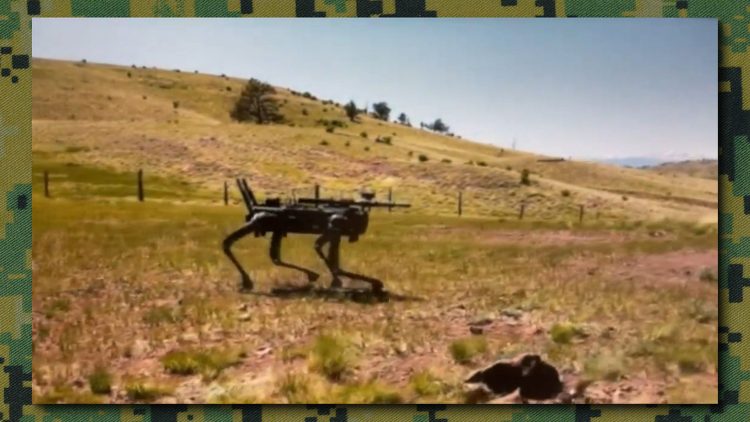The United States Navy Special Operations Command (MARSOC) is evaluating the next generation of robotic dogs developed by Ghost Robotics, which have the potential to be equipped with weapons systems from Onyx Industries. While MARSOC is testing Ghost Robotics’ quadruped unmanned ground vehicles for reconnaissance, surveillance, and other applications, it is also evaluating the possibility of equipping these dogs with weapons that stand out in their remote engagement capabilities.
Integration with Onyx Industries’ SENTRY remote weapon system (RWS)
There is also information about its integration with Onyx Industries’ SENTRY remote weapon system (RWS), which features a digital imaging system with AI. MARSOC emphasizes that the comments on the capabilities and uses of these armed robot dogs are not limited to a single use case. This technology, developed by Onyx Industries, has the potential to be used in various fields, including reconnaissance, surveillance, search and rescue, and more.
Also, Onyx Industries shared a video on LinkedIn. You can access the video via this link.
Potential uses of robotic dogs
The new generation of robotic dogs has great potential on the battlefield. They can improve the safety of human soldiers and detect enemy targets. MARSOC‘s assessments will be important in how this technology can be used in future US Marine Corps operations.
The use of robotic dogs as cheap and effective weapon platforms
While unmanned aerial vehicles (UAVs) have long provided lethal force from afar, the rise of cheap robotic quadrupeds in recent years has made the idea of attaching weapons to these platforms attractive. These low-priced robots can potentially become new actors on the battlefield.

However, the use of armed robot dogs also raises ethical concerns. In particular, the use of robots by the police raises important questions about the ethical implications of autonomous weapon systems. There are some concerns in this regard.
The future of autonomous ground vehicles
The future of robotic unmanned ground vehicles (UGVs) is expected to see significant growth and development in both military and civilian applications. Here are some trends that are likely to shape the future of UGVs:
- Increased autonomy: UGVs are expected to become increasingly autonomous, meaning they can operate with less human intervention. This will be due to advancements in artificial intelligence, sensor technology, and machine learning.
- More sophisticated applications: Expect UGVs to perform more complex tasks in various fields. In agriculture, they can perform tasks like planting, weeding, and harvesting with greater precision and efficiency. In logistics, they can be used for warehouse automation and autonomous delivery. Search and rescue operations can be greatly enhanced with UGVs that can navigate dangerous terrain.
- Miniaturization: Smaller and more agile UGVs are being developed for various applications. These can be used for infrastructure inspection, precision agriculture, and household tasks.
- Regulation and safety: As UGVs become more widespread, regulations and safety standards will increase to ensure their responsible use. In short, it will be particularly important for autonomous UGVs to operate in shared spaces with people.
- Ethical considerations: The development and use of military UGVs raise ethical concerns about autonomous weapons and the potential for dehumanization of warfare. These issues will need to be addressed as UGV technology continues to advance.
Potential benefits and risks
While the technology is still in the testing phase, robotic dogs can provide surveillance and security in dangerous environments, reducing risks to human personnel. However, as armed robotic systems continue to evolve, it is important to address ethical concerns and ensure that their use is compatible with established policies and international law.
Featured image credit: Onyx Industries





